#americanus
Text
I think it is important to remember the history of US child abuse protection laws in order to understand where we are at with many things today. For example, the first national child abuse case, that of 9yo Mary Ellen in 1874 -


excerpts from this great article you should read tw American History n everything
img transcription (emphasis mine):
At that time there were laws protecting animals, but no local, state, or federal laws protected children. Consequently, Wheeler turned to the American Society for the Prevention of Cruelty to Animals (ASPCA) for help. The case was presented to the court on the theory that the child was a member of the animal kingdom and therefore entitled to the same protection from abuse that the law gave to animals. The court agreed, and the child, because she was considered an animal, was taken from her brutal foster mother.
Mary Ellen Wilson's case led to the founding of the New York Society for the Prevention of Cruelty to Children (NYSPCC) in 1875. The first child protective agency in the world, the NYSPCC continues in the twenty-first century to work for the best interests of children. Similar societies were soon organized in other U.S. cities. By 1922, fifty-seven societies for the prevention of cruelty to children and 307 other humane societies had been established to tend to the welfare of children. After the federal government began intervening in child welfare, the number of these societies declined.
#this ofc is only the first national case to result in agency response and eventually federal child abuse protection laws that led to now#the article gets into prior cases involving slave owners and things like religious intervention#theres a lot to unpack from this but its something i keep in my mind when i see people parenting now#generational trauma#yadda yadda#cptsd#child abuse#abuse#ptsd#history#neuroplasticity#psychology#animal welfare#child welfare#american history#americanus#30#serious post#nyspcc
15 notes
·
View notes
Text

Western skunk cabbage / Lysichiton americanus
Photos taken 4.6.24
0 notes
Text
Kartal Yuvasının İçinde Siyah Bir Ayı Uyuyor
Kartal Yuvasının İçinde Siyah Bir Ayı Uyuyor
Alaska’da kel kartal (Haliaeetus leucocephalus) yuvalarını havadan inceleyen bilim insanları yuvalardan birinde koskocaman bir siyah ayının (Ursus americanus) kestirmekte olduğunu görünce gözlerine inanamadılar.
Yuvalardaki yumurtaları gözüne kestiren siyah ayılar, yumurtaları midelerine indirdikten sonra kısa bir dinlenme molası vermekte bir beis…

View On WordPress
#americanus#Haliaeetus#Haliaeetus leucocephalus#Kartal Yuvasının İçinde Siyah Ayı Uyuyor#Kartal Yuvasının İçinde Siyah Bir Ayı#Kartal Yuvasının İçinde Siyah Bir Ayı Uyuyor#leucocephalus#Ursus#Ursus americanus
0 notes
Text

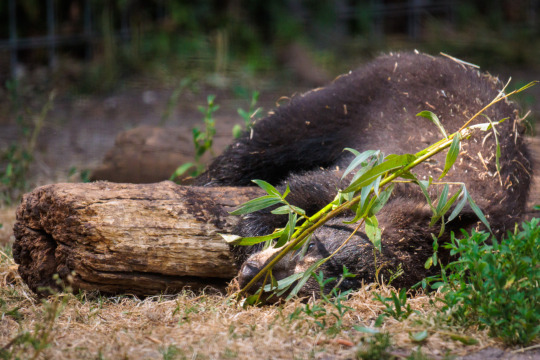



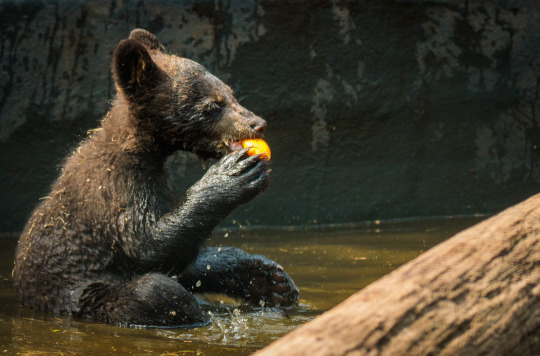
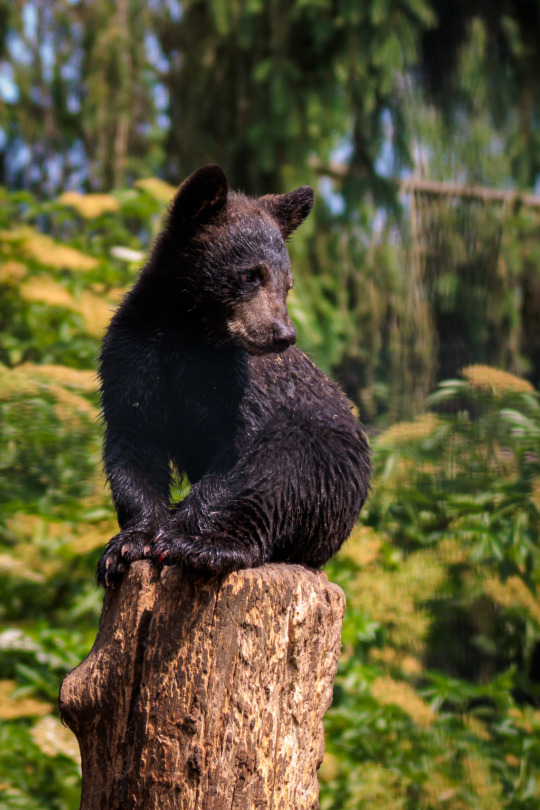
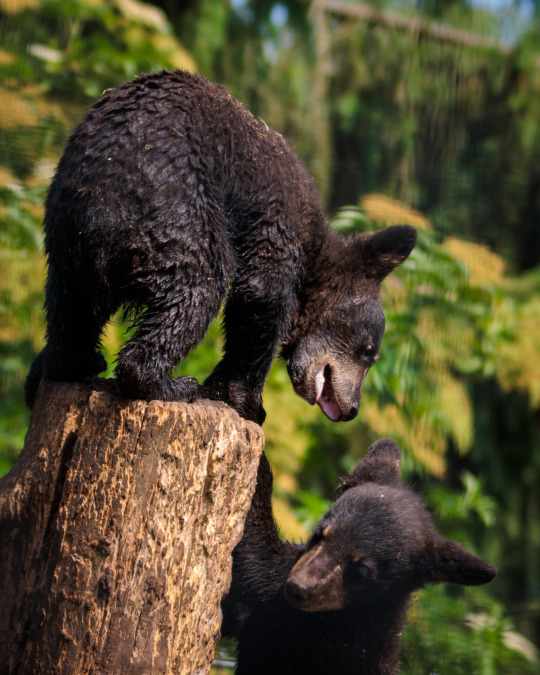
#Ziezoo#ziezoovolkel#Photography#Photo#Zoophotography#canon#eos#zoo#animal#animals#animalphotography#Black#Bear#Ursus#americanus#bears
0 notes
Text
an american giant millipede (a Narceus species in the americanus/annularis complex) traversing a lichen-covered boulder on a mountaintop (Massachusetts, 8/7/23)
Sometimes referred to as “iron worms”, these large millipedes are often locally abundant in mature forests and mountainous areas in the northeastern US. They spend most of their time hidden in decayed logs and leaf litter but regularly emerge to wander in the open, climbing rocks and trees to graze on lichen. Protected by toxins that deter most predators, they do so even in broad daylight, especially during wet or cloudy weather.
2K notes
·
View notes
Text
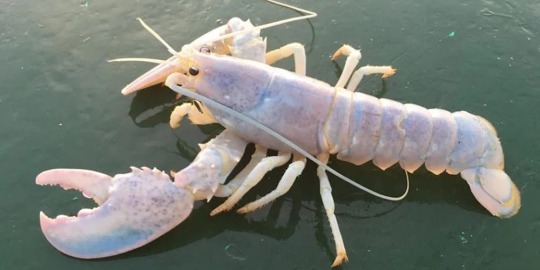

‘Ghost’ American lobster (Homarus americanus) [x]
#American lobster#lobster#Homarus americanus#crustacean#invertabrate#hmmm it says albino and leucistic but I honestly do not know how that works in crustaceans#let’s go with#leucistic#but seriously do not quote me on this#color mutation
8K notes
·
View notes
Note

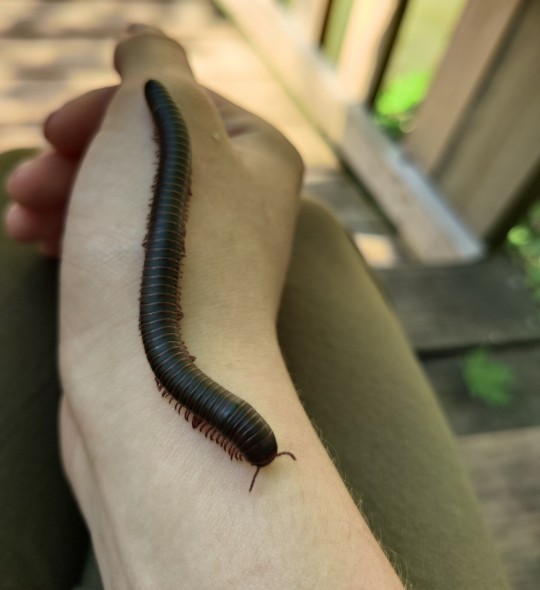
Really excited to share this leggy friend with you! I did not know that there were millipedes of this size in Missouri, and it was such a treat to find out. This curious individual was crossing a sidewalk, I made the choice to move them along a safer route and got a few photos in the process.
You definitely do! Narceus americanus is found pretty much all over the eastern half of the country and up into Canada. They're usually called American giants or pinkfoots. I think there's currently some debate about whether it's just one species or several in that range.
285 notes
·
View notes
Photo

Black Bear
1K notes
·
View notes
Text
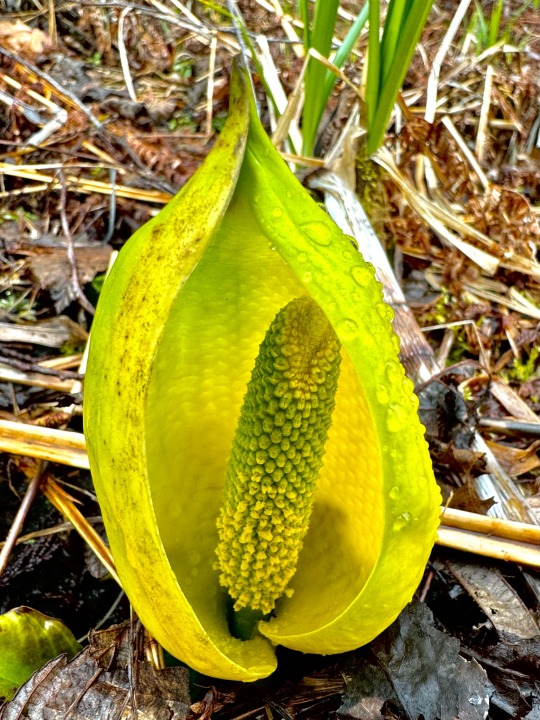
skunk cabbage love..
200 notes
·
View notes
Text
POV you are a bush covered with tasty berries
Oregon Zoo
3K notes
·
View notes
Text

Mountain goats | Albert Bierstadt (1830-1902)
422 notes
·
View notes
Note


A FINE LAD I FOUND DURING A BREAK AT D&D TONIGHT
Rolled a comfortable 18 on your random encounter table, did you? Congratulations.
#Anaxyrus#I think this is A. americanus but I could be wrong#toad#d&d#toads#animals#answers by Mark#dirtbag-linecook-kyloren#if only you had cast Speak with Animals#you would have learned that this was a great wizard who was stuck in polymorphed form#how differently the evening might have gone
279 notes
·
View notes
Text
Wet Beast Wednesday: American lobster
This series takes us all over the world, but today we're going back to the good-ol' burger-drinking, beer-eating, eagle-worshiping U-S-of-A! The American lobster may be the world's most famous crustacean as they have become a major source of overpriced seafood. There's a lot to learn about this critter, so let's go check out the crustacean sensation that's sweeping the nation.

(Image: an American lobster seen from the side. It is a crustacean with 8 legs, a pair of large pincers, and a pointed head that has two long antennae and small eyes. The abdomen in elongated and segmented and ends with a fan-shaped tail. It is a greenish-brown color. End ID)
Homarus americanus is the largest lobster and largest crustacean, reaching a maximum recorded length of 64 cm (25 in) and weight of 20.1 kg (44.4 lbs). The average size is between 20 and 61 cm (8-24 in) and 680 to 910 grams (1.5-2 lbs). Lobsters are members of the family Nephropidae and despite the common names, they are not closely related to squat lobsters, slipper lobsters, or spiny lobsters. They are, however, closely related to crayfish. Lobsters are decapods, crustaceans with 10 limbs. Of the 5 pairs of limbs, the rear 8 are used for walking and the front two have become enlarged into a pair of powerful pincers used for defense and offense. The claws are asymmetrical and each serves different purposes. One claw is large and stout, with rounded, molar-like growths on the cutting edge. This claw is called the crusher claw and it is used to crush through hard-shelled food. The other claw is more slender and has a sharper cutting edge. This is the scissor claw and it is used to cut soft food into small enough pieces to eat. The crusher and scissor claws can be on either side of an individual lobster and very rarely a lobster will grow two crushers or two scissors instead of one of each. While the pincers can close with incredible force, they can't open with much force. This allows them to be held shut with rubber bands. The front two pairs of walking legs also have pincers, but they are much smaller. Lobsters can regrow missing legs. It can take up to 5 years for a missing pincer to regrow to the size of the original.

(Image: a lobster seen from the front, with the pincers in prominent view. One claw is bulkier than the other. The bulky claw has rough nodules on the cutting edge. The skinnier claw has serrated spines on the cutting edge. end ID)
Lobster anatomy is divided between two major segments: the cephalothorax and the abdomen. The cephalothorax contains the mouthparts, brain, legs, and many sensory organs. While they have eyes, they are weak due to lobsters spending most of their time on murky seafloors. Taste, smell,and touch are their primary senses. Antennae are used to examine the world and both the antennae and legs have sensory hairs called antennules on them that can detect the presence of chemicals in the water. Lobsters can both detect the smell of food and determine which direction it is coming from. The antennules also detect the motion of the water. Lobsters also urinate from a pair of bladders on the sides of the head. They can adjust the scent of the urine to communicate with each other. That's right, lobsters communicate by peeing on each other from their faces. The mouthparts consist of leg-like structures called maxillipeds that grab food and mandibles that help rip food up. Lobsters can't chew their food, but they have a structure in the esophagus called a gastric mill that grinds food down as it is swallowed. The abdomen is long and consists of multiple segments, allowing for flexibility. On the underside of the abdomen are feathery appendages called pleopods or swimmerettes. The first pair of swimmerettes is modified into sex organs called gonopods which can be used to differentiate males from females. The remaining pairs are used to circulate water around the lobster, helping keep fresh water over the internal gills. At the tip of the abdomen is a large, fan-shaped tail. By quickly curling the abdomen under their bodies, lobsters can generate thrust and send themselves shooting backwards. This is done to escape perceived threats.

(Image: a lobster standing on sand with its abdomen curled under its body. End ID)
Like other crustaceans, lobsters periodically outgrow their exoskeletons and must molt. After molting, the lobster will have a new, soft exoskeleton that takes time to harden. This period of softness leaves lobsters much more vulnerable to predators, so they will usually hide until their new shell hardens. They also eat the old shell to regain the nutrients and minerals it holds. The period after molting is also when females become fertile. A molted female will release pheromones that attract males. The male performs a courtship dance and if the female approves, he will use his gonopods to transfer a packet of sperm into her shell. The female can store this packet for over a year before using it. She lays thousands of eggs at once eggs and fertilizes them with the sperm as they come out. The eggs stick to her swimmerettes and she will work to keep them clean and keep air circulated over them. The clusters of eggs allegedly look similar to raspberries and a female with eggs is said to be "in berry". I personally don't see it. The eggs develop for 10 to 11 months before hatching, wherupon the female shakes her tail to dislodge the larvae. The larvae start out as a tiny, planktonic form called a metanapulus that drifts near the surface of the water and eats plankton. After their 4th molt, the larvae takes on a sub-adult form more similar to an adult, though they are still small enough to swim with their swimmerettes. Approximately 1 in 1,000 larvae will live long enough to reach this stage. After another molt, the sub-adult takes on its final form and sinks to the bottom, where they will gradually grow into an adult. Lobsters molt up to 10 times in their first year, then may one molt once every few years. By the time a lobster is large enough for anglers to legally keep, they will have undergone around 25-27 molts. There isn't really a maximum age for lobsters. They don't go through the same aging process as most animals. Lobsters have the ability to repair the damage to DNA that causes aging. While they will not age to death, you are unlikely to find thousand year old lobsters roaming about. Each molt takes more energy than the previous one and a lobster that doesn't die of predation, disease, or injury will eventually become unable to complete a molt and will die as a result. Most estimates place the maximum age for lobsters at about 100 years, but there are unconfirmed reports of lobsters reaching 140 years.
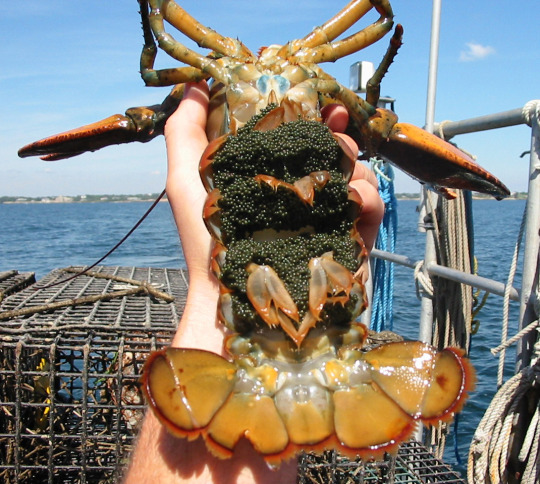
(Image: somebody holding a lobster so the underside of the abdomen is visible. This lobster is a female with masses of small, black eggs on her abdomen. End ID)
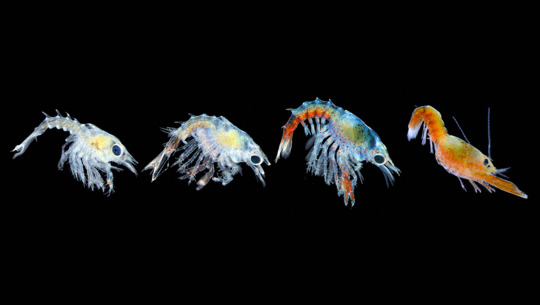
(Image: A lobster larva shown in the first four molts. The first three stages look more like transparent shrimp than lobsters. The final stage looks that a miniature lobster and is orange. End ID)
You would be hard-pressed to find a fictional depiction of a lobster that isn't bright red, but wild lobsters aren't that color. Most range from greenish-blue to greenish-brown, good colors for hiding amongst rocks and seaweed. That being said, American lobsters are famous for their wide range of color variants. Lots of people have herd of blue lobsters, but there are actually quite a few color options caused by genetic traits that overproduce certain pigments. Because of the rareness of these traits and the colorful lobsters being more at rick of predation, they are quite rare. Still, many color variants have been seen including blue ( 1 in 10 million lobsters), red (though not as bright as cooked lobsters. 1 in 30 million), bright yellow (1 in 30 million), calico (yellow and blue spots, 1 in 25 million), split down the middle (1 in 50 million), and white (albino or leucistic, 1 in 100 million). Many lobster anglers seem to agree that if they catch colored lobsters they should either be released or donated to aquariums or scientific organizations as opposed to being eaten. Reports of color variants have increased in the last 20ish years. This may be due to overfishing of their predators, but it may also be that social media allows sightings to be reported more easily.






(Images: 6 pictures of lobster color varaints. Let to right, top to bottom: blue, red, yellow, calico, split, white. End ID)
American lobsters are found in cold, coastal waters of the Atlantic Ocean from the USA to northern Canada. They are famously highly abundant around the state of Maine, which has the world's largest lobster fishery. They prefer rocky bottoms with plenty of places to hide. Despite those big claws, lobsters are rather timid. They spend a lot of their time hiding and are quick to use their tails to flee. If pressed, they will use their powerful claws to fight. While occasionally active in the day, lobsters are mostly nocturnal, coming out at night to find food. Speaking from personal experience, I did a night SCUBA dive in Maine and there were so many lobsters I could barely see the seafloor. American lobsters are territorial and will fight over food, shelter, and mates. When they live in close quarters, lobster will establish a dominance hierarchy based largely on size. They use chemical signatures to identify themselves and communicate. The diet of an American lobster mostly consists of small invertebrates such as worms, slugs, clams, and crabs, but they also eat carrion and algae and seagrass. Lobsters in captivity have been known to engage in cannibalism, but this has never been seen in the wild.

(Image: a lobster molting. The carapace on the back of the cephalothorax has come off and the soft-bodied lobster is emerging through the gap created. End ID)
The American lobster is a popular food source and so is fished heavily in the northern USA and Canada, with the state of Maine and Atlantic province having the largest industries. The vast majority of lobster fishing is done with special lobster traps, sometimes called pots. These are cages baited with dead fish that have funnel-shaped entrances. The idea is that the shape of the entrance lets lobsters in, but makes it hard for them to get out. Humorously, lobster traps have been found to be incredibly inefficient, all but the largest lobsters can enter and leave freely. The lobsters that get caught tend to be the ones unlucky enough to be in the trap when it's pulled up. Bait has been found to comprise a large portion of the diet of lobsters in Maine and individual lobsters have been known to claim traps as their territory and fight off others trying to enter them. Modern traps are also required to have holes allowing lobsters below the size limit to leave easily. The inefficiency of lobster traps has allowed the population to remain stable despite the incredibly heavy fishing. in addition, there are many regulations to protect the species, including requirements to release small lobsters and egg-bearing females. There is no lobster aquaculture doe to how long it takes them to reach a usable size. Commercial lobster fishing started with poor laborers who could get them cheap due to how abundant the lobsters were in the area. As with so many other things, the rich came, took an idea created by the poor, and drove up prices so much the original people could no longer afford their own invention. Lobsters are traditionally cooked by boiling, usually with the lobster still alive at the time. The ethics of live cooking lobsters is debated. Some insist their brains do not have the regions responsible for feeling pain while others point out they still respond negatively to stimuli and therefore can still feel some kind of distress even if it isn't the same as human pain. Some jurisdictions have made live boiling illegal and require the lobster to be dead first. Freezing the lobster or a stab through the cephalothorax are offered as more humane than boiling. The American lobster is classified as least concern by the IUCN, meaning they are not at risk of extinction.
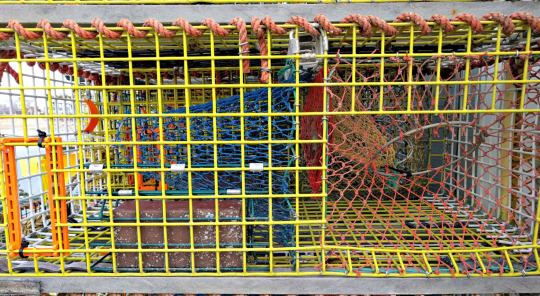
(Image: a modern lobster trap. It is a rectangular wire cage painted yellow. There are two chambers inside. The first chamber has two openings to the outside and is where bait is placed. The second chamber has another funnel-shaped opening to the first chamber and is intended to trap the lobsters within. An opening on the side of the second chamber allows small lobsters to escape. A brick is used to weigh the cage down. End ID)
#wet beast wednesday#lobster#american lobster#homarus americanus#crustaceans#decapod#decapoda#marine biology#biology#zoology#ecology#animal facts#informative#educational#invertebrate#invertebrates#image described
72 notes
·
View notes
Video
Staring Contest by Doug Dance
Via Flickr:
The love between a mother and her cub is unmistakable. Riding Mountain National Park, Manitoba, Canada
#bear#black bear#Ursus americanus#wildlife photography#Wildlife#Nature#nature photography#North American wildlife#Boreal forest#boreal forest wildlife#Doug Dance Nature Photography#DDNP#www.theborealphotographer.com#Manitoba#Manitoba Wildlife#Riding Mountain National Park#Riding Mountain National Park wildlife#flickr
55 notes
·
View notes
Text


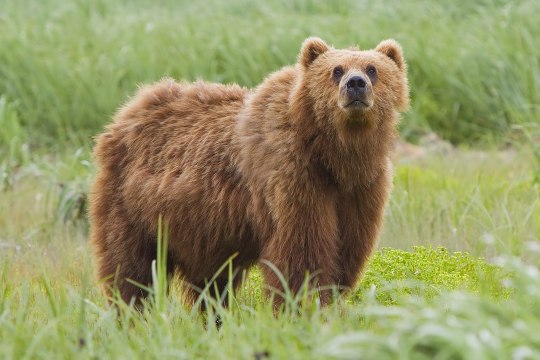

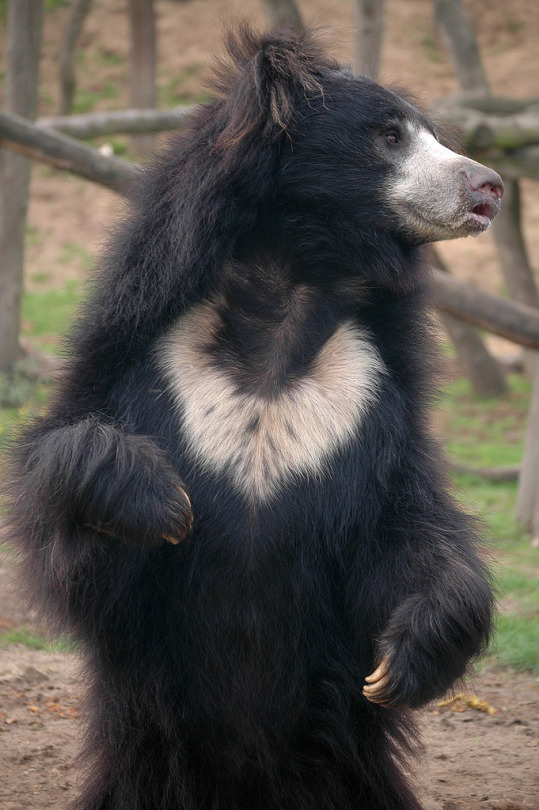
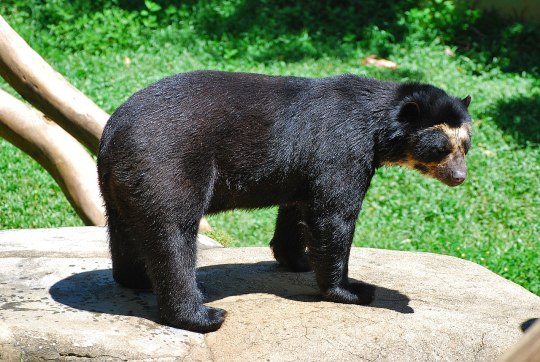


#panda bear#polar bear#bear#brown bear#bears#animal#american black bear#black bear#grizzly bear#asiatic black bear#moon bear#sloth bear#Spectacled Bear#sun bear#animals#panda#giant panda#American Black Bear#Ursus americanus#Asiatic Black Bear#Ursus thibetanus#Brown Bear#Ursus arctos#Polar Bear#Ursus maritimus#Sloth Bear#Melursus ursinus#Tremarctos ornatus#Sun Bear#Helarctos malayanus
52 notes
·
View notes
Text
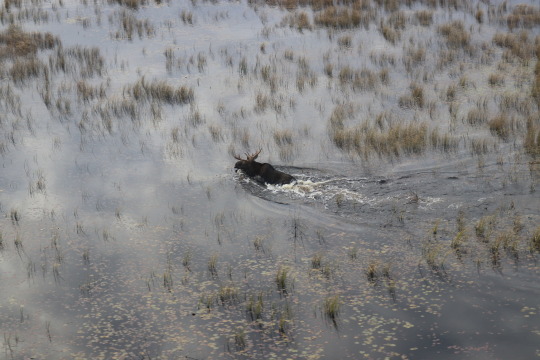
Eastern moose Alces alces americanus
Observed by brodycrosby, CC BY-NC
84 notes
·
View notes